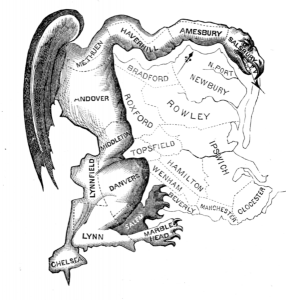The Civil Jurisdiction of Indian Tribes
 This is the fourth in a series of posts addressing commonly asked questions regarding American Indians, Indian Tribes, and the law. The first post dealt with casinos, taxation, and hunting and fishing rights; the second focused on the relationship between the unique legal treatment of Indian tribes or their members and the U.S. Constitution’s guarantee of equal protection; and the third explored the criminal jurisdiction of tribes. This post will examine the civil jurisdiction of tribes, both over members and especially over non-members, in each its three major forms: regulation, taxation, and adjudication.
This is the fourth in a series of posts addressing commonly asked questions regarding American Indians, Indian Tribes, and the law. The first post dealt with casinos, taxation, and hunting and fishing rights; the second focused on the relationship between the unique legal treatment of Indian tribes or their members and the U.S. Constitution’s guarantee of equal protection; and the third explored the criminal jurisdiction of tribes. This post will examine the civil jurisdiction of tribes, both over members and especially over non-members, in each its three major forms: regulation, taxation, and adjudication.
As noted in the last post, tribal jurisdiction (not unlike federal and state jurisdiction) is uniquely limited in a manner that reflects the place and circumstances of tribes on the American legal landscape. In particular, each tribe is said to retain its original or inherent jurisdiction—the sovereign authority possessed prior to European contact and the subsequent formation of the United States—except insofar as such jurisdiction has been (1) relinquished or ceded by tribe itself through a treaty or other agreement, (2) expressly abrogated or taken away by Congress, or (3) deemed by the judiciary, especially the U.S. Supreme Court, to have been implicitly lost by virtue of the tribe’s historical circumstances and contemporary status.

